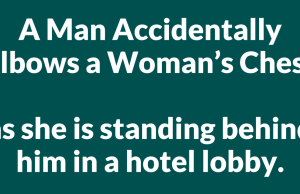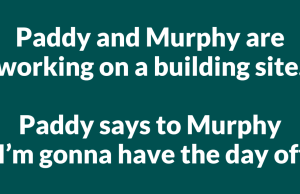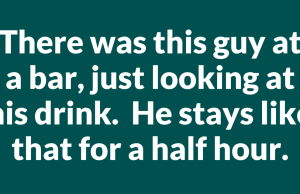
Catholic World Reacts to Historic Election of Pope Leo XIV
The global Catholic community is abuzz following the election of Pope Leo XIV, a momentous event marked by the appointment of the first American pope in history. On May 8, 69-year-old former Cardinal Robert Prevost officially became the new leader of the Catholic Church, a significant milestone that has drawn worldwide attention.
A Prophetic Warning Resurfaces
While the majority of Catholics are welcoming the new pontiff with optimism, some fringe voices are reviving concerns tied to a centuries-old prophecy.
Known as the Prophecy of the Popes, this apocalyptic prediction, said to be authored by 12th-century Irish mystic Saint Malachy, claims that only 112 popes would follow his time — with the final figure labeled as “Peter the Roman.”
Now, with Pope Leo XIV assuming the papacy, some conspiracy theorists are speculating he might be the last pope referenced in this prophecy. However, scholars and religious experts are urging caution, pointing out numerous inconsistencies in the claim.

A Questionable Match
For starters, the prophecy’s “Peter the Roman” doesn’t align with Pope Leo XIV’s name or heritage. Born Robert Francis Prevost, the new pope holds dual citizenship in the U.S. and Peru, not Italy, making the “Roman” label a poor fit.
In earlier years, some tried to associate the mysterious final pope with Pope Francis, but that theory also failed to gain serious traction. Back in 2013, Josh Canning, director at the Newman Centre in Toronto, dismissed the link, questioning how anyone could reasonably connect Pope Francis to “Peter the Roman.”
Scholars Dismiss the Prophecy
Many theologians and historians consider the prophecy to be more fiction than fact. Fr. James Weiss, a theology professor at Boston College, is among those who reject its legitimacy, calling the text a “forgery” and lacking credibility.
Weiss also takes issue with common interpretations of the prophecy’s cryptic language, including references to a “city of seven hills” — typically assumed to be Rome — and a “dreadful judge.” According to him, these phrases are open to interpretation and could refer to events far less dramatic than the end of the Church or the world.
He explained that the list contains 112 obscure mottos allegedly tied to future popes, beginning with Celestine II in 1143. While the early part of the list, which many believe was written retrospectively in the late 16th century, corresponds fairly well with historical pontiffs, accuracy dwindles significantly after that.
“It becomes hit or miss,” Weiss noted, with later descriptions often vague or difficult to apply to real individuals.

Renewed Interest After Pope Francis’s D3ath
Interest in the prophecy surged again after the death of Pope Francis on April 21 at the age of 88. Some believed he might have been the 112th pope mentioned by Saint Malachy, implying that no successors were foretold — and thus stoking speculation about an impending end.
However, historians remain unconvinced. Joëlle Rollo-Koster, a medieval history professor at the University of Rhode Island, emphasizes the lack of evidence that Saint Malachy ever authored such predictions. “There’s no historical proof connecting Malachy to prophetic writings,” she asserted, underscoring that the prophecy surfaced long after his death.
A New Chapter, Not the End
While the Prophecy of the Popes continues to fascinate some, especially during papal transitions, mainstream scholars and clergy overwhelmingly dismiss its authenticity. There is little to suggest Pope Leo XIV has any connection to the figure described in the prophecy, despite the buzz surrounding his election.
Rather than signaling the end, Pope Leo XIV’s rise marks a new chapter for the Catholic Church — one that many are watching with curiosity and hope, not fear. For now, the prophecy remains a piece of medieval legend, not a reliable roadmap for the Church’s future.















